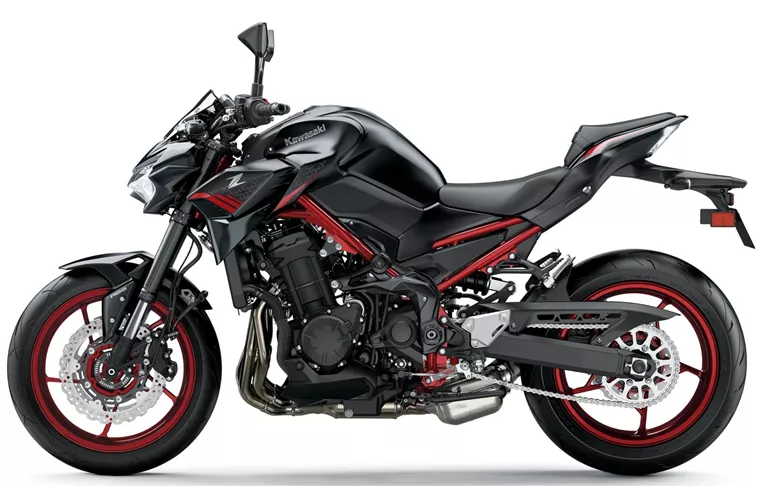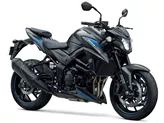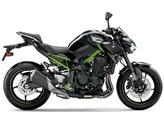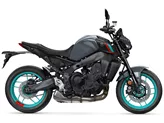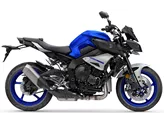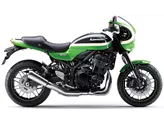Kawasaki Z900 2021 vs. Kawasaki Z1000SX 2017

Kawasaki Z900 2021

Kawasaki Z1000SX 2017
Overview - Kawasaki Z900 2021 vs Kawasaki Z1000SX 2017
The Kawasaki Z900 2021 and the Kawasaki Z1000SX 2017 are both impressive motorcycles with their own unique features and strengths.
Starting with the Kawasaki Z900 2021, it is equipped with a powerful four-cylinder engine that produces 125.4 HP of power and 98.6 Nm of torque. This engine is fuel-injected and provides a smooth and responsive performance. The Z900 also features a chain transmission and a liquid cooling system, ensuring optimal performance and reliability.
In terms of suspension, the Z900 is equipped with an Upside-Down telescopic fork at the front with a travel of 120 mm. The rear suspension consists of a swing arm with a monoshock and a travel of 140 mm. Both the front and rear suspension can be adjusted for preload and rebound, allowing riders to fine-tune their riding experience.
The Z900 features a steel frame, providing a sturdy and stable platform for the motorcycle. The braking system consists of double disk brakes at the front with a diameter of 300 mm and four pistons. The front brakes also utilize petal technology, enhancing their performance. The Z900 is equipped with advanced rider assistance systems such as ABS, riding modes, ride by wire, and traction control, ensuring a safe and controlled riding experience.
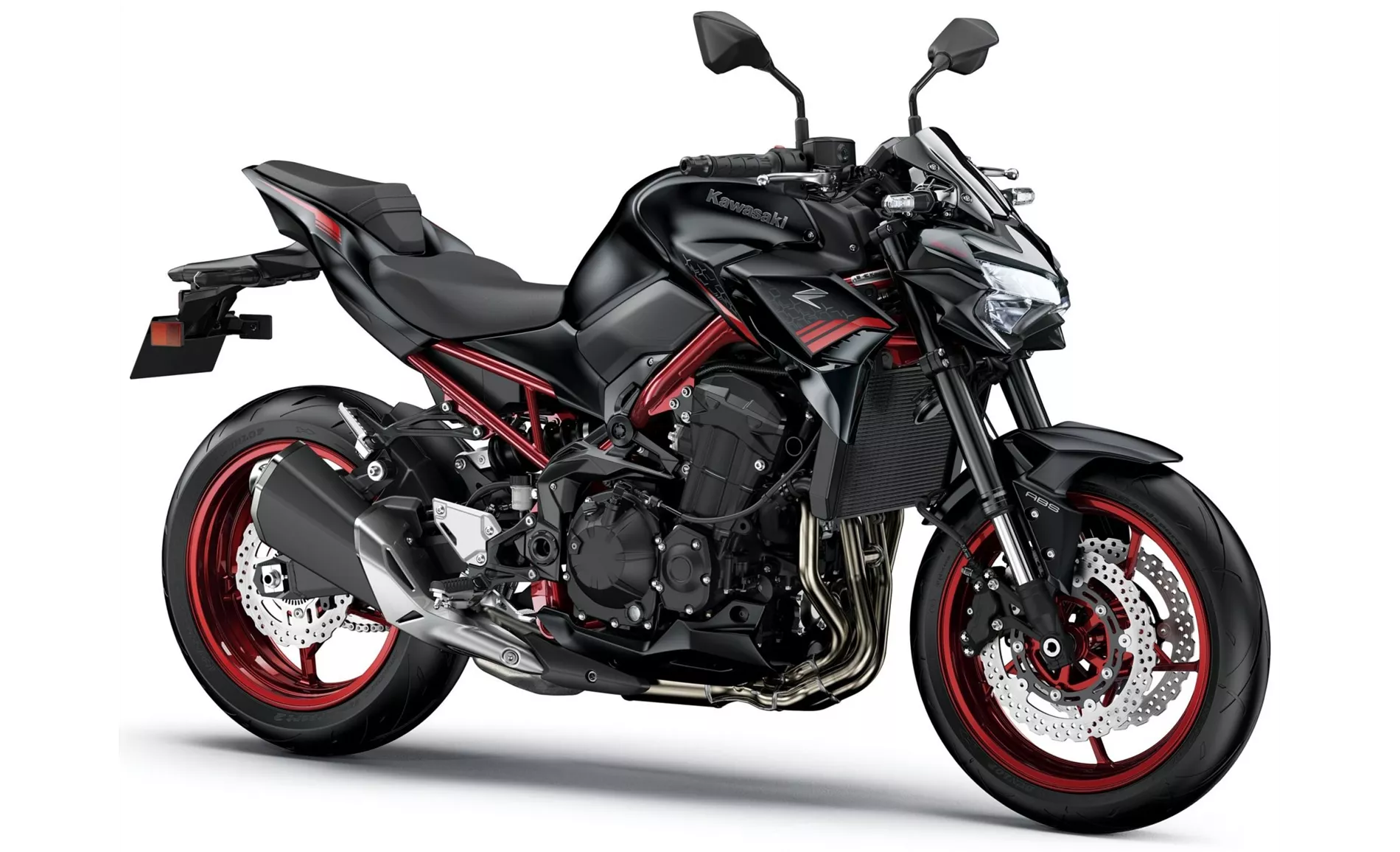
Kawasaki Z900 2021
In terms of dimensions and weights, the Z900 has a front tire width of 120 mm and a diameter of 17 inches. The rear tire has a width of 180 mm and a diameter of 17 inches. The wheelbase measures 1450 mm, providing stability and maneuverability. The seat height is 795 mm, making it accessible for riders of various heights. The kerb weight of the Z900 with ABS is 210 kg.
Moving on to the Kawasaki Z1000SX 2017, it is equipped with an in-line four-cylinder engine that produces 142 HP of power and 111 Nm of torque. This engine is also fuel-injected, providing a powerful and exhilarating performance. The Z1000SX features a chain transmission and a liquid cooling system, ensuring optimal performance and reliability.
In terms of suspension, the Z1000SX is equipped with an Upside-Down telescopic fork at the front with a travel of 120 mm. The rear suspension consists of a swing arm with a monoshock and a travel of 144 mm. Both the front and rear suspension can be adjusted for compression, preload, and rebound, allowing riders to customize their riding experience.
The Z1000SX features an aluminum frame, providing a lightweight and agile platform for the motorcycle. The braking system consists of double disk brakes at the front with a diameter of 300 mm and four pistons. The front brakes utilize radial, monoblock, and petal technology, enhancing their performance. The Z1000SX is equipped with advanced rider assistance systems such as ABS and traction control, ensuring a safe and controlled riding experience.

Kawasaki Z1000SX 2017
In terms of dimensions and weights, the Z1000SX has a front tire width of 120 mm and a diameter of 17 inches. The rear tire has a width of 190 mm and a diameter of 17 inches. The wheelbase measures 1440 mm, providing stability and maneuverability. The seat height is 815 mm, slightly higher than the Z900. The kerb weight of the Z1000SX with ABS is 235 kg, making it slightly heavier than the Z900.
In terms of strengths, the Kawasaki Z900 2021 is praised for its powerful four-cylinder engine, intuitive handling, good equipment, aggressive looks, and value for money. On the other hand, the Kawasaki Z1000SX 2017 is commended for its great tuned engine, strong brakes, and easy driveability combined with high performance.
However, the Z900 2021 does have some weaknesses, such as the absence of a quickshifter option and the presence of competitors with 6-axis IMU that are electronically more advanced. On the other hand, the Z1000SX 2017 is sensitive to tire choice, which can affect its performance and handling.
In conclusion, both the Kawasaki Z900 2021 and the Kawasaki Z1000SX 2017 are impressive motorcycles with their own unique features and strengths. Riders looking for a naked bike with powerful performance, intuitive handling, and good value for money may prefer the Z900. On the other hand, riders seeking a sport touring motorcycle with a great tuned engine, strong brakes, and easy driveability combined with high performance may lean towards the Z1000SX. Ultimately, the choice between the two will depend on the individual preferences and priorities of the rider.
Technical Specifications Kawasaki Z900 2021 compared to Kawasaki Z1000SX 2017
Pros and Cons in comparison
Pros and Cons in comparison
Kawasaki Z900 2021
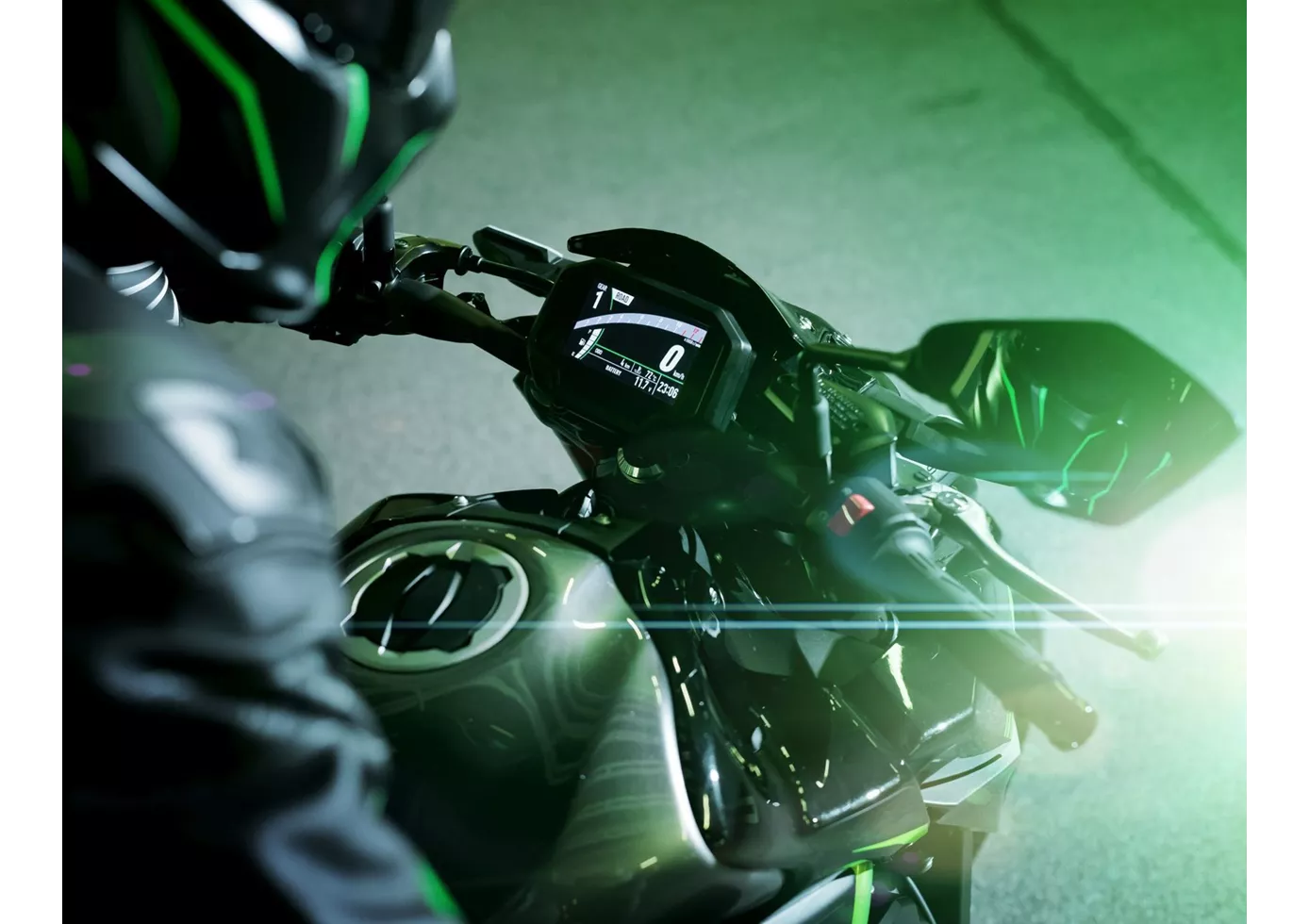
In terms of price-performance, the Kawasaki Z900 is hard to beat at the moment. With the perfectly tuned engine, the high-quality chassis components and the electronics added for 2020, this naked bike offers everything that sporty riders will be looking for. There is really nothing to complain about, except for the lack of a quickshifter option.
Kawasaki Z1000SX 2017

Kawasaki's Z1000SX is a harmonious motorbike. Brakes, engine and chassis are all in good order. The look is a bit aggressive, but the bike is easy and transparent to ride.
Price Comparison Avarage Market Price Kawasaki Z900 vs Kawasaki Z1000SX
There are a few key differences between a Kawasaki Z900 2021 and a Kawasaki Z1000SX 2017. There are the same number of bikes of both models available on the 1000PS.de marketplace, specifically 33. It takes less time to sell a Kawasaki Z1000SX with 103 days compared to 107 days for the Kawasaki Z900. Since model year 2017 1000PS.de editors have written 46 reviews for the Kawasaki Z900 and 14 reviews for the Kawasaki Z1000SX since model year 2011. The first review for the Kawasaki Z900 was published on 11/11/2016 and now has more than 93,200 views. This compares to more than 9,900 views for the first review on Kawasaki Z1000SX published on 10/5/2010.
